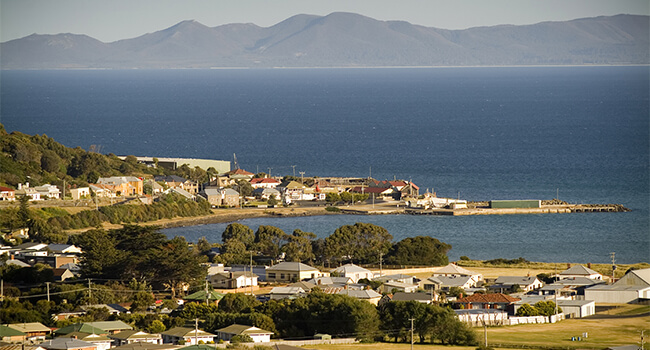Turning an investment property into your home
There are plenty of reasons why one may want to turn their investment property into their primary residence. Or maybe, years later, you would now prefer your investment property to be your primary residence.
There are several factors to consider before moving into your investment property as your primary residence.
Can you change your use of your investment property?
The short answer is yes, but it requires some serious legwork. Switching your investment property into a primary residence can’t be done without documentation. There’s a process you need to follow to avoid any legal issues.
Tax implications of switching from investment to owner-occupied
By converting your investment property to a primary residence, there may be significant tax implications relating to deductions and capital gains tax.
Tax deductions
Declaring your investment property to be your primary residence with the ATO will likely put an end to your eligibility to claim any tax deductions against the property. Should you continue to rent out part of the property, you may be able to claim a portion of these expenses.
Capital Gains Tax
Whilst your investment property may be exempt from capital gains tax if it has been the primary residence during the entire period it was owned, the ATO requires disclosure and declaration of any profit on the sale of an investment property.
Can you still rent out a room in a residential home?
Yes, it’s still possible to rent out a portion of your residential property. However, the amount you will be entitled to claim through tax deductions is dependent on the area of the property you intend to rent out.
Suppose you, as an investor, are renting out your granny flat, which is approximately 20% of the total property area, while residing in the remainder of the property. In that case, you may be able to claim 20% for deductible expenses such as rates, interest and depreciation.
How to change a property from rental to primary residence
Here’s what you need to do when turning your investment property into your home:
Let the Australian Tax Office (ATO) know
When making the transition from investment property to primary residence, first and foremost, you must inform the ATO that you’re no longer generating income from your investment property as it has become your primary residence.
Your primary residence, also known as principal place of residence (PPOR), refers to the residence in which you permanently reside. This residence does not generate income for the owner and is also exempt from capital gains tax.
Turning your investment property into a primary residence will likely have a beneficial impact on your capital gains tax liability, but unfortunately, you’ll no longer be allowed to claim tax deductions on your rental property. Speak to your financial or tax advisor to understand the tax implications specific to your circumstances.
Provide notice to vacate to any existing tenants
Before you begin packing up your belongings in boxes, if there is already a tenant in place within your investment property, moving right away cannot take place.
Residential tenancy laws afford tenants various rights, including adequate notice that an owner wishes to return to the property to reside. To move back in, you will need to issue any tenant with a ‘Notice to Vacate’ and provide the tenant with sufficient notice following relevant state legislations.
In Queensland, for instance, a tenant must be given at least two months' notice to vacate. Make sure to check your state or territory’s rules regarding ending a tenancy. You need to abide by the regulations surrounding tenancy and evictions to avoid any issues and ensure that everything is above board.
Contact your home loan provider
If your property is still under an investment property home loan, you need to notify your lender about the change. Advise them of your intentions to move into your investment property, so they can let you know of the implications this will have on your loan.
Your lender will be required to update your loan purpose from ‘investment’ to ‘owner occupied’, which can sometimes attract a lower interest rate. However, this purpose change will most likely require you to provide your lender with some form of evidence of occupancy showing your new residential address, like your updated driver's license.
Have an investment property loan with loans.com.au? Don’t hesitate to get in touch with our friendly lending specialists if you’re thinking about turning your investment property into a primary residence. Call 13 10 90 or schedule one at your earliest convenience.
Find out in under 2 minutes if you qualify for one of our low rate home loans.

About the article
As Australia's leading online lender, loans.com.au has been helping people into their dream homes and cars for more than 10 years. Our content is written and reviewed by experienced financial experts. The information we provide is general in nature and does not take into account your personal objectives or needs. If you'd like to chat to one of our lending specialists about a home or car loan, contact us on Live Chat or by calling 13 10 90.





















